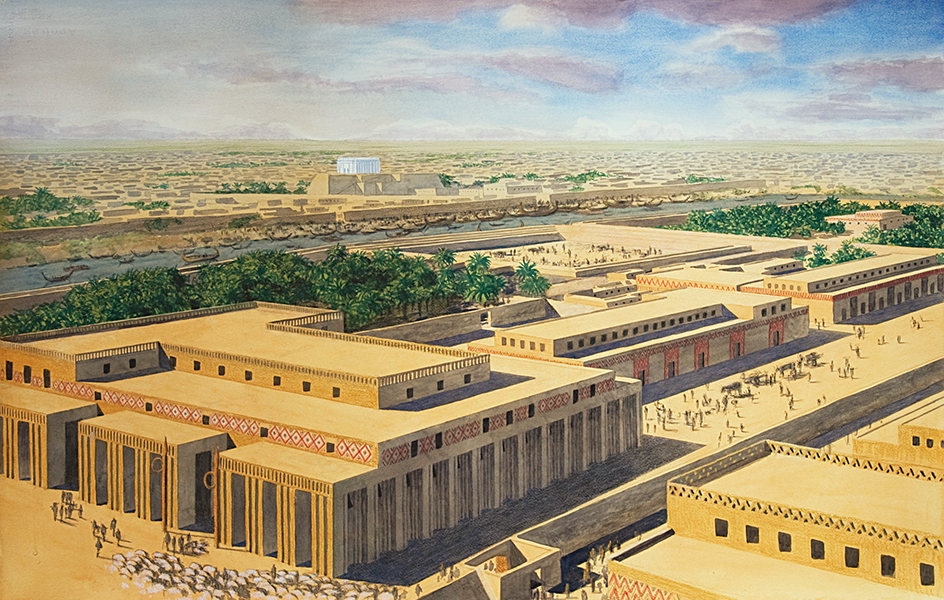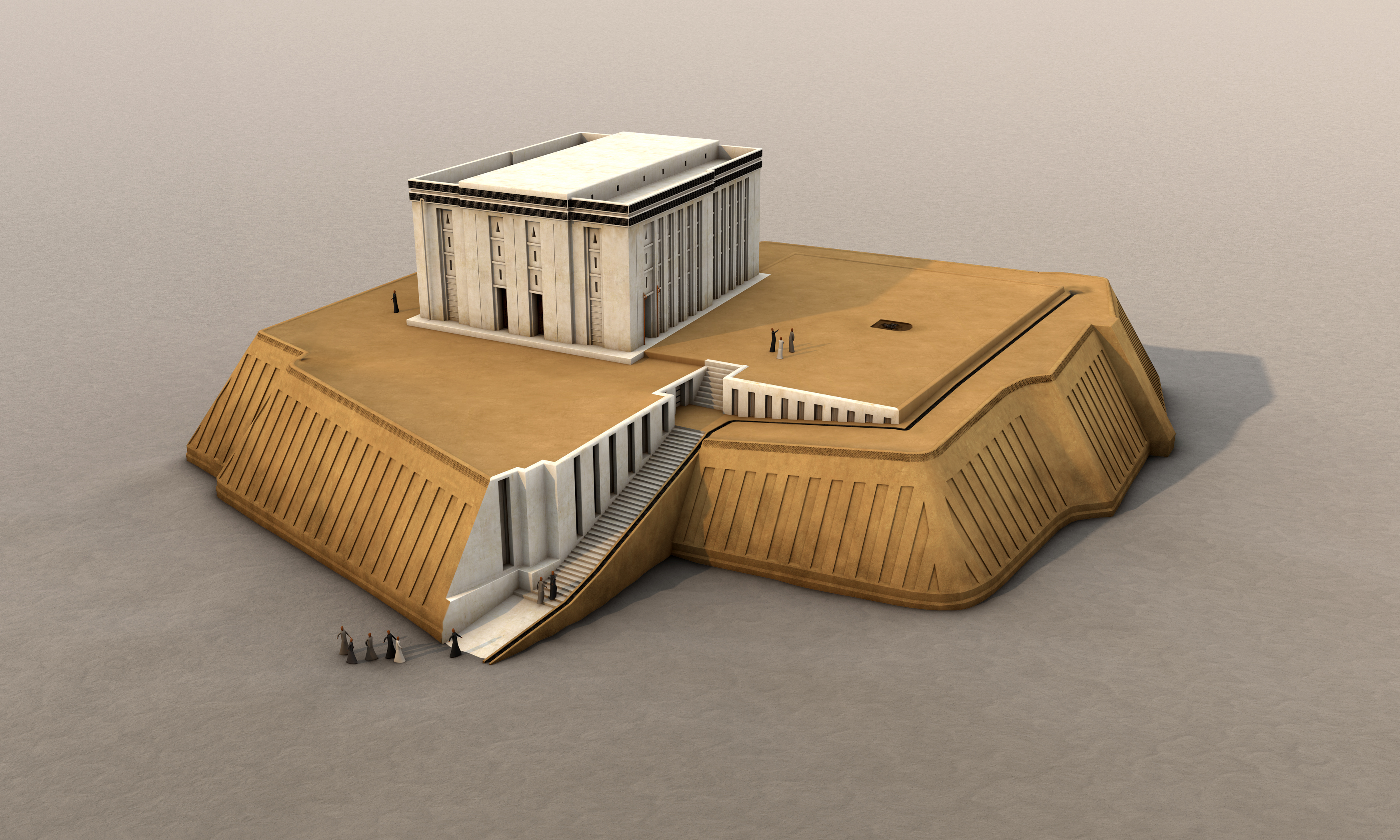Uruk, << OO rook >>, in the ancient region of southern Mesopotamia, was one of the world’s first cities. Uruk lies about 60 miles (100 kilometers) north of Basra in what is now Iraq. People first settled at this site before about 4000 B.C., during a time known as the Ubaid Period. Uruk once stood on a branch of the Euphrates River. Since then, the river has changed course. It now runs 21 miles (35 kilometers) from the site at its closest point. In the Bible, Uruk was known as Erech. It was known as Unug in ancient Sumerian. In modern Arabic, it is called Warka.

Archaeologists have conducted periodic excavations at Uruk since 1912. Their work has revealed how the city grew over time. It began as a small settlement and grew into a city between 4000 and 3100 B.C., a time called the Uruk Period. At this time, Uruk covered about 250 acres (100 hectares). Archaeologists estimate that about 50,000 people lived there. Following a brief decline, the city grew again from 2900 to 2300 B.C., during the Early Dynastic Period. At this time, it reached about 1,000 acres (400 hectares) in size.

During the Early Dynastic Period, Uruk was ruled by legendary kings, including the hero Gilgamesh. The Epic of Gilgamesh, a poem about the powerful king and his adventures, ranks as one of the oldest epics in world literature. Later, rulers from Babylon occupied Uruk during the Kassite dynasty, which lasted until about 1155 B.C. Rulers from the Neo-Babylonian Empire occupied the city again after about 626 B.C. Uruk gradually declined and was largely abandoned after about A.D. 300.
As one of the earliest cities, Uruk is important to archaeologists who study the causes and effects of early urbanism (living in cities). Archaeologists consider Uruk a true city because of its size, estimated population, the presence of large public buildings, and evidence of a complex economy and organized government. In addition, archaeologists believe Uruk established colonies in distant areas. Uruk-related settlements have been discovered in Iran, Syria, and Turkey.
Two large buildings in the middle of the city were temples. One temple was dedicated to the sky god An. The other was dedicated to Inanna, the goddess of love and war. The temples were built between 3500 and 3100 B.C., during the late Uruk Period. Objects found in Inanna’s temple complex indicate that government activities also took place there. These objects include the oldest known written documents in the world—clay tablets with pictorial symbols and symbols representing numbers (see Writing system). Scholars have determined the writing on these tablets to be a forerunner of cuneiform, a system of writing used by ancient Middle Eastern civilizations (see Cuneiform). Many of these documents record the receipt of goods and payment of workers by the temple. Scholars believe the temple area at Uruk probably served as both the governmental and religious center of the city and surrounding communities.
See also Architecture (Mesopotamian architecture); Sumer (History).
